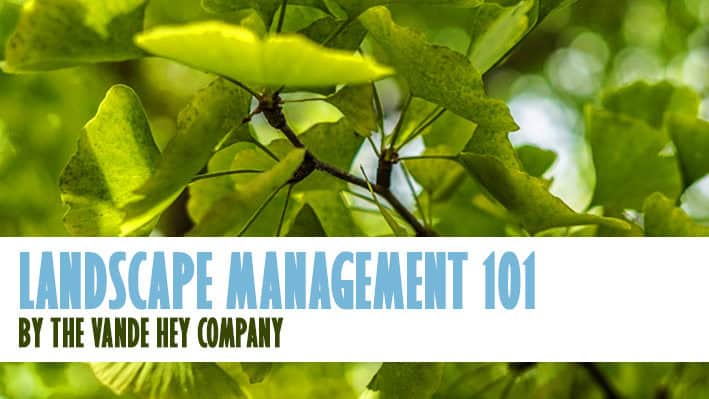Landscaping Management:101 March
March 16, 2020
You’re sitting inside waiting for the snow to melt and the ground to thaw so you can finally get started on your garden and landscaping—it’s kind of like watching paint dry, but worse. Someone keeps adding paint (or in our case, snow). What’s the solution? Stop staring at the paint! Our horticultural experts at Vande…

